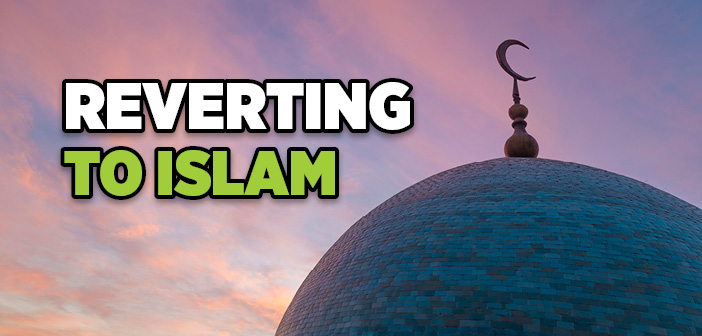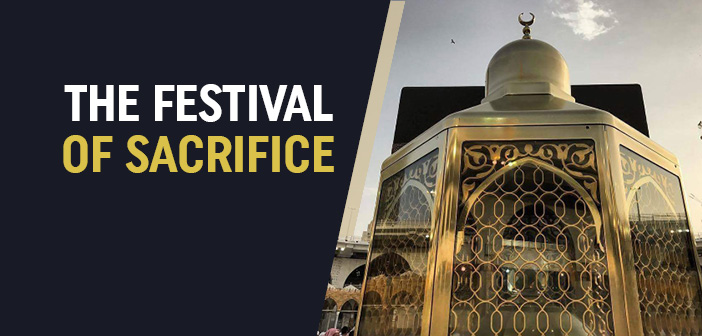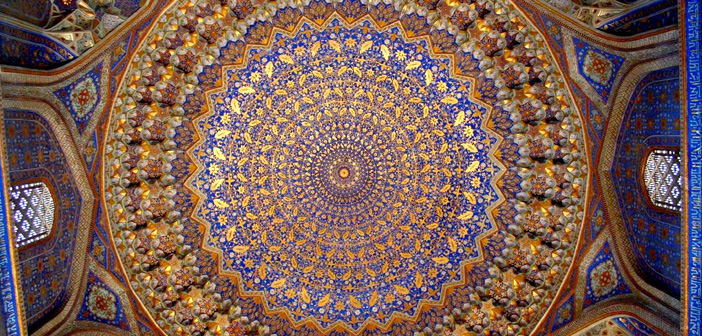When is festival of sacrifice in islam? What is festival of sacrifice in islam?
This is the greater of the two major festivals, the period of its celebration extends over four days. This festival marks the annual completion of the hajj. It falls on the tenth of the month of Dhu al-Hijjah, approximately two-and-a-half months after Eid al-Fitr, rotating clockwise around the year and occurring ten days earlier annually, as do all Islamic calendar dates. The Eid prayers are identical to the Eid al-Fitr prayer except that Muslims do not pay zakat al-Fitr. However, Muslims recite the takbīr after each obligatory unit of prayers, beginning from the day before the festival, at the dawn ritual prayer, all the way until the late afternoon ritual prayer on the fourth day of the festival. The festival of sacrifice is also known as, ‘the days of tashrīq’, because in Arabic the word tashrīq is used to refer to the sunrise, which is the time for the ritual festival prayer. Moreover, tashrīq also refers to the act of slaughtering an animal for sacrifice and drying its meat under the sun. A further meaning of tashrīq is ‘light’. Just as the sun illuminates its surroundings, the joy of festival opens the hearts of people to each other, which is the reason for calling the sacrificial holiday as the days of tashrīq.[1] It is well known that during the sacrificial festival, the Prophet (peace and blessings be upon him) would not eat anything until he came back from the ritual festival prayer.[2] During this day, those who perform hajj complete their observance in Mina, with the slaughter of an animal (although this is not a requirement for all pilgrims) and with the termination of their state of ihram. Elsewhere, other Muslims sacrifice animals (this is Sunnah rather than obligatory) in commemoration of Prophet Abraham’s sacrifice of a sheep in the place of his son Ishmael, as commanded by Allah, may He be glorified and exalted. It is important to know that Allah says concerning sacrifice; ‘‘It is neither their meat nor their blood that reaches Allah: it is your piety that reaches Him’’[3] On the day of Eid al Adha, the Prophet (peace and blessings be upon him), first performed the festival prayer and then slaughtered an animal to offer his sacrifice. He is reported to have said, “Whosoever does so, he acted according to our Sunnah (traditions).”[4] The meat of the sacrifice is divided into three equal portions —one for the use of the family, one to be given to neighbors and friends, and one to be given away to the poor, to be used as food; the portions which are distributed are given away as meat (not cooked or prepared). This sharing out of the meat constitutes the special charity of this festival, in the place of a monetary one. Apart from these differences, the other aspects of the observance of this festival are identical to those of Eid al-Fitr.
[1]. Ibn al-Athir, Nihaya, II, 464.[2]Ibn Maja, Siyam, 49; al-Darimi, Salat, 217.[3]. Q. 22:37[4].Sahih al-Bukhari, ʾIdayn, 3.
Source: Islam For New Muslims An Educational Guide,Assoc. Prof. Amjad M. Hussain, Erkam Publications





